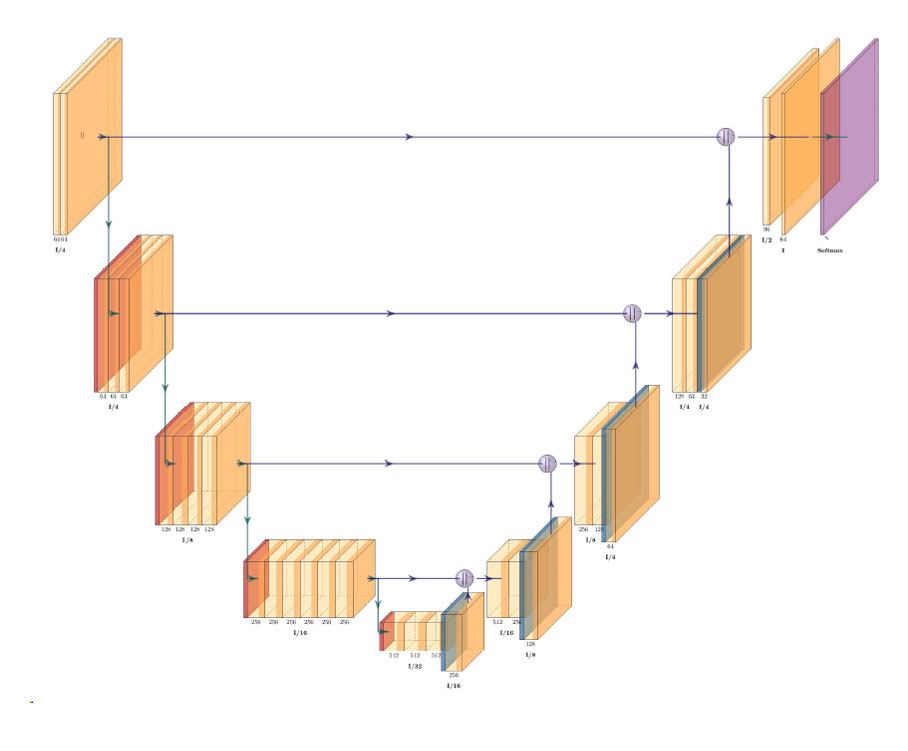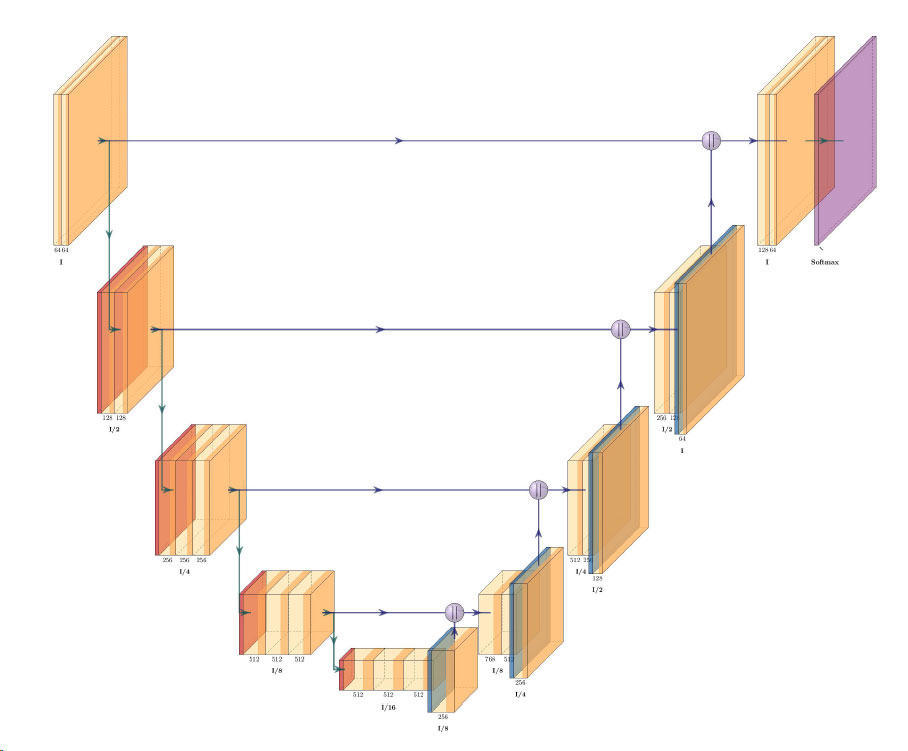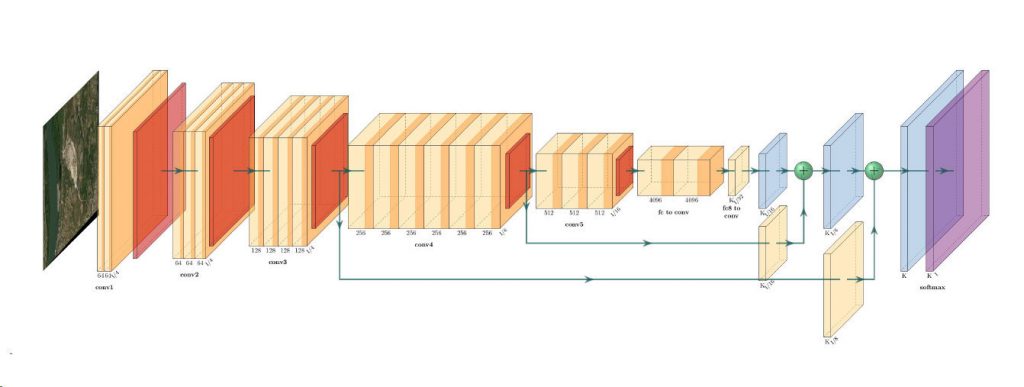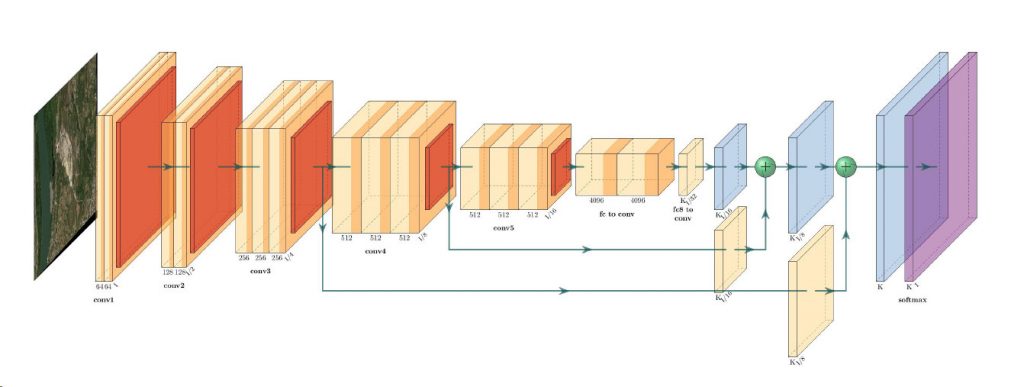Mt Etna’s Volcanic Plumes Imaged by WorldView-2 Satellite
- European Space Imaging
WorldView-2 satellite captured the fumarole plumes of smoke and gas that continue to spout from the crater shortly after the eruption on 3 December.
The satellite has the ability to see the whole area in one view. It shows the residue ash and smoke being carried north east over the villages of Linguaglossa, Francavilla di Sicilia, Milazzo, Messina and Reggio Calabria.
Mount Etna showed its colors on 3 December erupting again just after 3am for the first time since May 2015. The spectacular upwards jet of lava from the Voragine crater lasted for 50 minutes sending an ash plume more than 3 kilometers high. The fountain of lava is said to have reached a kilometer above the crater. This was the biggest eruption since September 1999 when the volcano shot volcanic material more than 12 kilometers high.
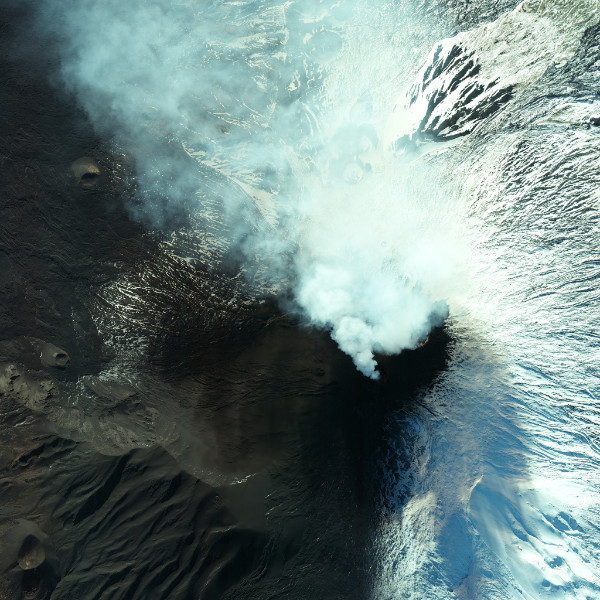
Mount Etna | Italy | WorldView-2
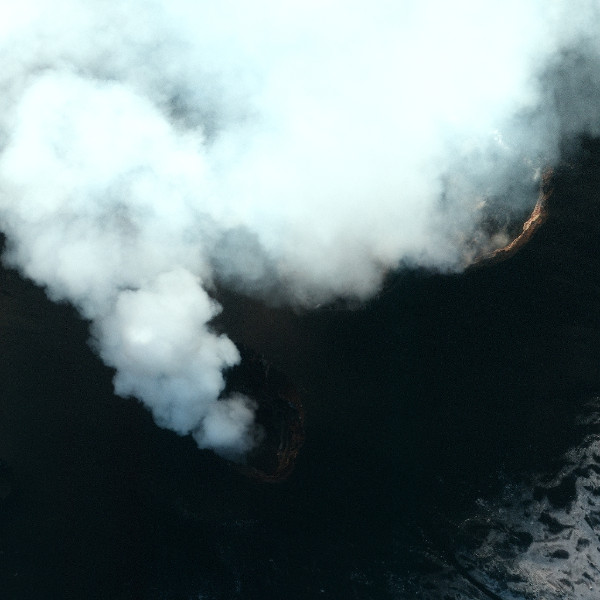
Closer look at Mount Etna | Italy | WorldView-2
Etna is the tallest and largest volcano of Europe and has four summit craters. Its eruptions occur both at the top and from its sides down to a few hundred meters above the sea-level. It is one of the most active volcanoes on the Earth so is continuously monitored by the Etna Observatory based in Sicily. You can follow its activity on their webcams and if you are lucky you may just catch the next explosive eruption live.
The operations team at European Space Imaging is always on alert to task the satellite to collect up-to-date imagery of Etna in the case of any volcanic emergency.
Related Stories
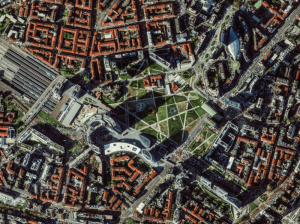
Europe’s Green and Digital Transformations with 25 Years of VHR Satellite Archive Data
Planning Europe’s future without knowing its past is impossible. The European Green Deal, Horizon Europe, the EU Biodiversity Strategy for 2030 and other policies all demand one thing: evidence. Not just today’s data, but years of history that show how our cities, forests, and coastlines have changed.
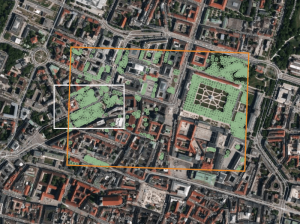
AI Uses 15 cm Satellite Images to Cut Costs and Increase Scalability in Forest Management and Urban Forestry
Forest managers across Europe face an impossible task: monitor millions of hectares with shrinking budgets while meeting increasingly strict EU environmental targets. But with the rise of AI and satellite technology, they now have new solutions at their disposal – smarter, cheaper, and more scalable – to monitor forest health, automate tree inventories, and plan sustainable logging. In this article, we introduce one of these solutions: an AI forestry algorithm developed by Arboair using 15 cm satellite data from EUSI.

GEOSeries: Extracting Insights From High Resolution SAR Imagery for Time-Sensitive Analysis
In this webinar, industry experts and advanced users of Umbra SAR data showcase how they transform SAR imagery into actionable insights in real-world mapping, monitoring and intelligence applications. See how NV5 and Umbra leverage ENVI SAR Essentials for advanced processing with time-efficient results, converting analytics into valuable intelligence.
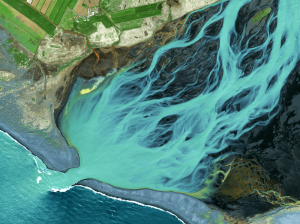
Using Satellite Imagery to Build Water Resilience Across Europe
Water across Europe is facing severe pressure. Climate change, urbanisation, agricultural demands and other sources of pollution are threatening water security and creating critical challenges that need to be addressed. We have to act quickly, build stronger systems and create sustainable water resilience practices – so that both natural ecosystems and human communities can thrive. Here is how satellite imagery from EUSI can help.


